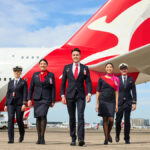
DESIGN: Air 4 All Systems – Wheelchair seating solution – finalist in Crystal Cabin Awards
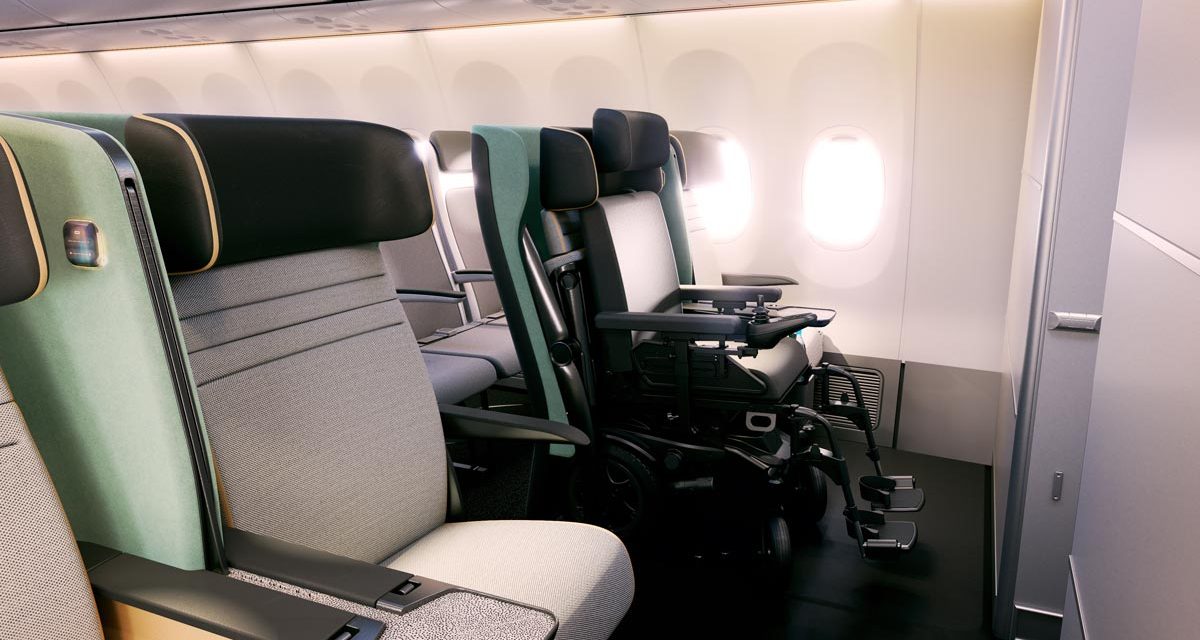
Series: Crystal Cabin Awards
- DESIGN: AirLounge™ from Collins Aerospace, Finnair, PriestmanGoode, Tangerine – finalist in Crystal Cabin Awards
- DESIGN: AirSleeper Premium Economy concept – entrant in Crystal Cabin Awards
- DESIGN: Air 4 All Systems – Wheelchair seating solution – finalist in Crystal Cabin Awards
Over the next few weeks, I will feature some of the more interesting innovations proposed – as judged by me – in the shortlisted entries for the annual Crystal Cabin Awards. This creative playfield is where designers, engineers and visionaries plan the future of the aircraft passenger experience. Returning as an in-person event on 14 June 2022, the Awards will see an international expert jury at Aircraft Interiors Expo in Hamburg decide who will win the aviation industry’s trophies this year.
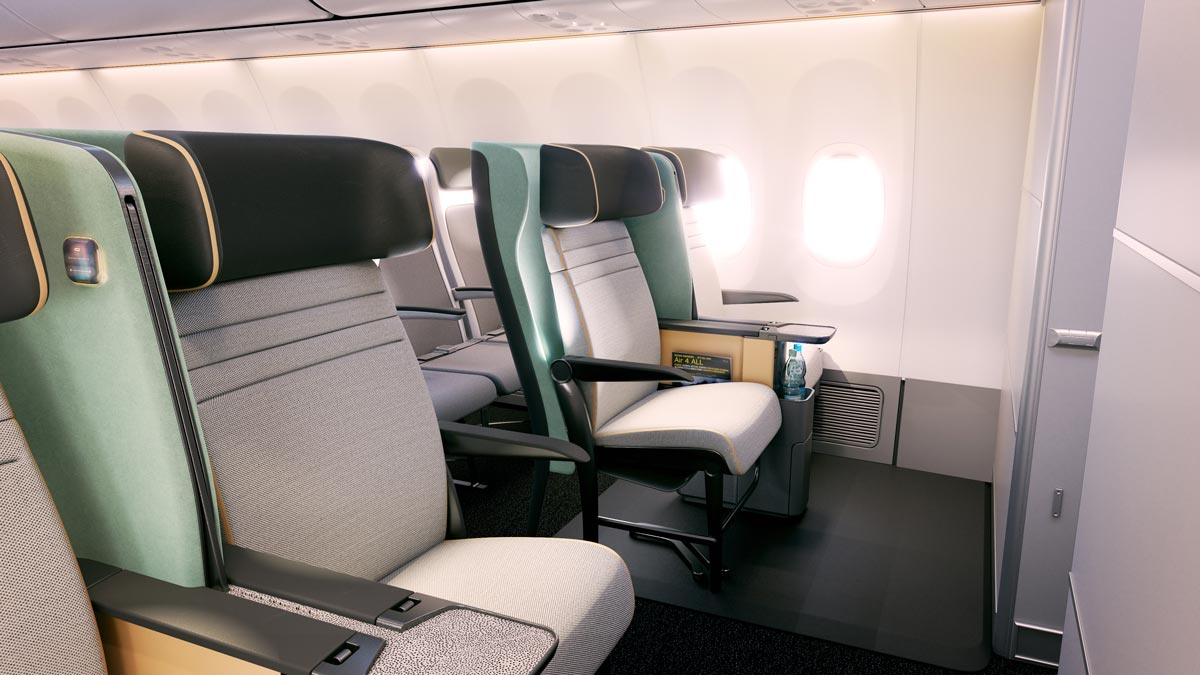
Air 4 All Systems – Wheelchair seating solution
Air 4 All is a new system that revolutionises air travel for passengers with reduced mobility (“PRM”) by enabling powered wheelchair users to remain seated in their own wheelchair for the entire journey.
The patented design – with wheelchair guidance and locking system – finally offers equal access to comfort, safety and dignity for all passengers. The biggest barrier in the past has been that giving greater space to passengers in wheelchairs would have reduced seat count and resulted in a loss of revenue for airlines. Air 4 All solves this and has the added benefit of enabling airlines to retain the design of their cabin on every seat. It will also facilitate a smoother boarding and disembarking experience for PRM and will reduce the number of wheelchairs damaged through poor handling. Entry documentation from the consortium of Flying Disabled, PriestmanGoode, SWS Certification and Sunrise Medical
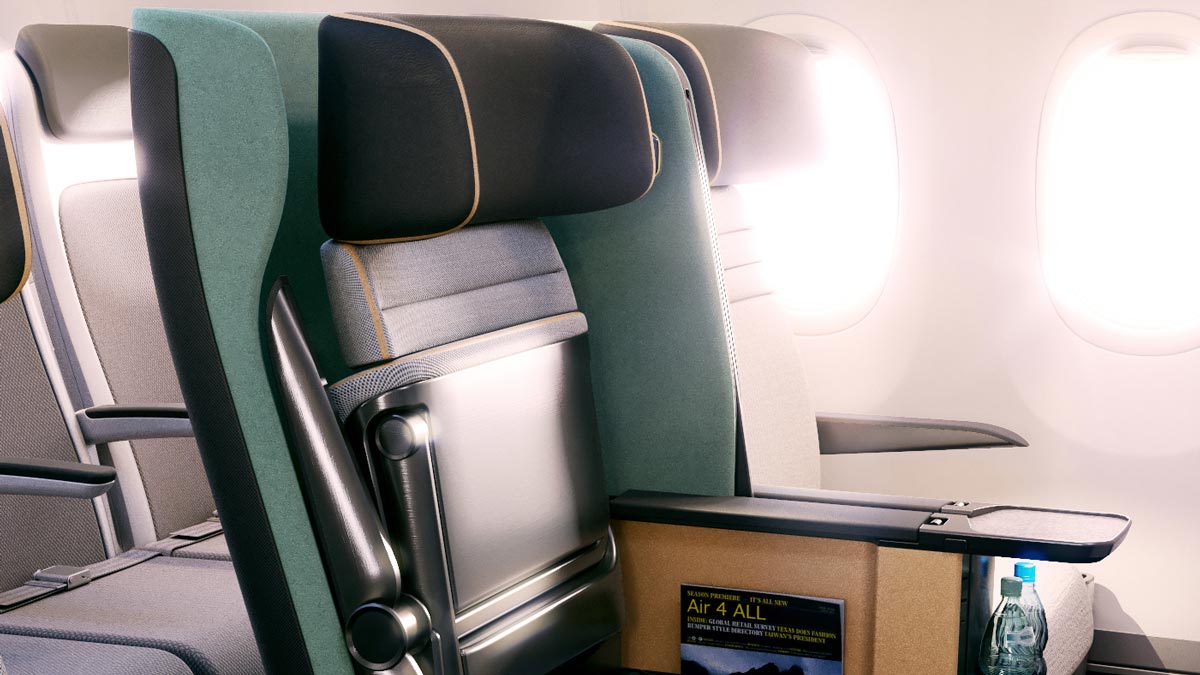
2PAXfly Takeout
This is another timely reminder to wear your seatbelt when seated. Holding you close to your seat will protect you from the sort of injuries sustained on this flight, when unsecured passengers flew to the ceiling of the aircraft, and then came crashing down once the ‘drop’ ceased.
The hope will be that this is an anomaly – a ‘freak accident’ in casual parlance. If it is a systemic error either mechanical or electronic, then this is a larger concern for the airlines that fly Boeing Dreamliner 787 aircraft. Let’s hope it isn’t. If it is, it will pile on the woes to Boeing’s existing stack.
One of the complaints from the wheelchair using travelling community is the inability to use their own wheelchairs on the plane, having to use aircraft supplied chairs, and stowing their wheelchairs in the hold. This can involve a cumbersome and time-consuming process for passengers and airline staff. Not to mention anxiety for the passenger that the wheelchair will arrive at the other end ready for them.
I am no disability expert, but, I think this would only be a solution for some wheelchair assisted passengers. It doesn’t look like it would work for larger cushioned motorised wheelchairs, which cannot be accommodated currently in the cabin, and require a portable lift to move the non-ambulant passenger from chair to seat.
However, having said that for some disabled passengers this could be an equitable solution for both travellers and airlines. There is much to be done to make airlines more disability compliment, something that will be needed more and more as we baby boomers age.
Here are some more images all on a Boeing 737:
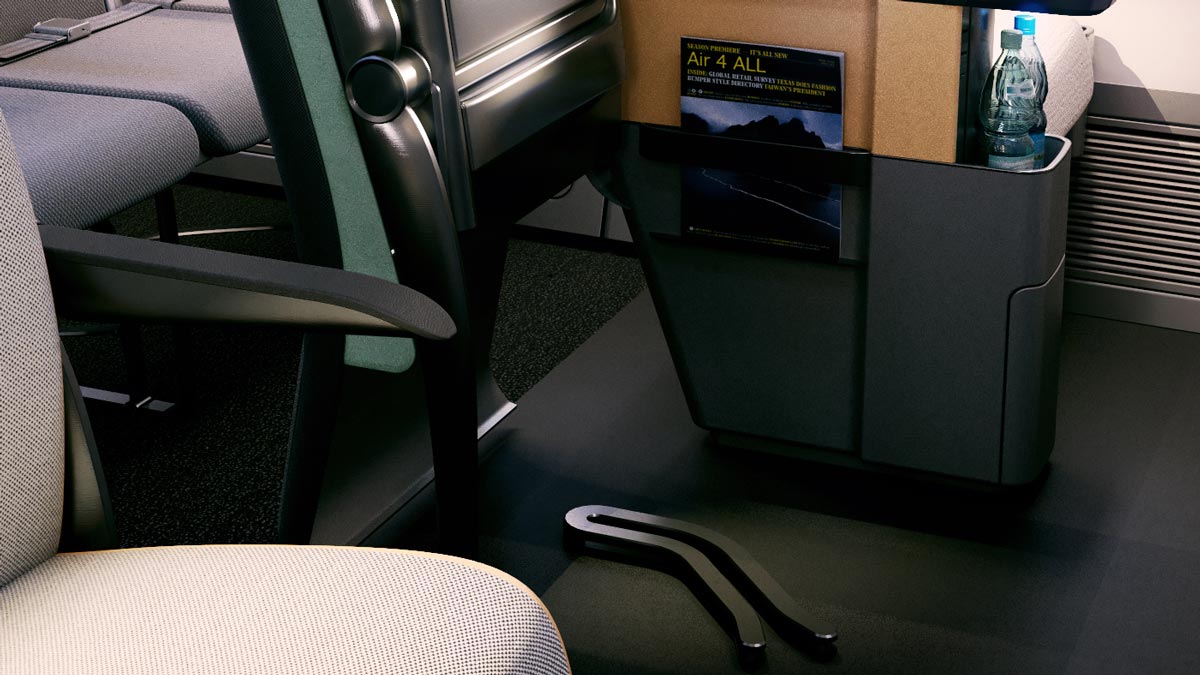
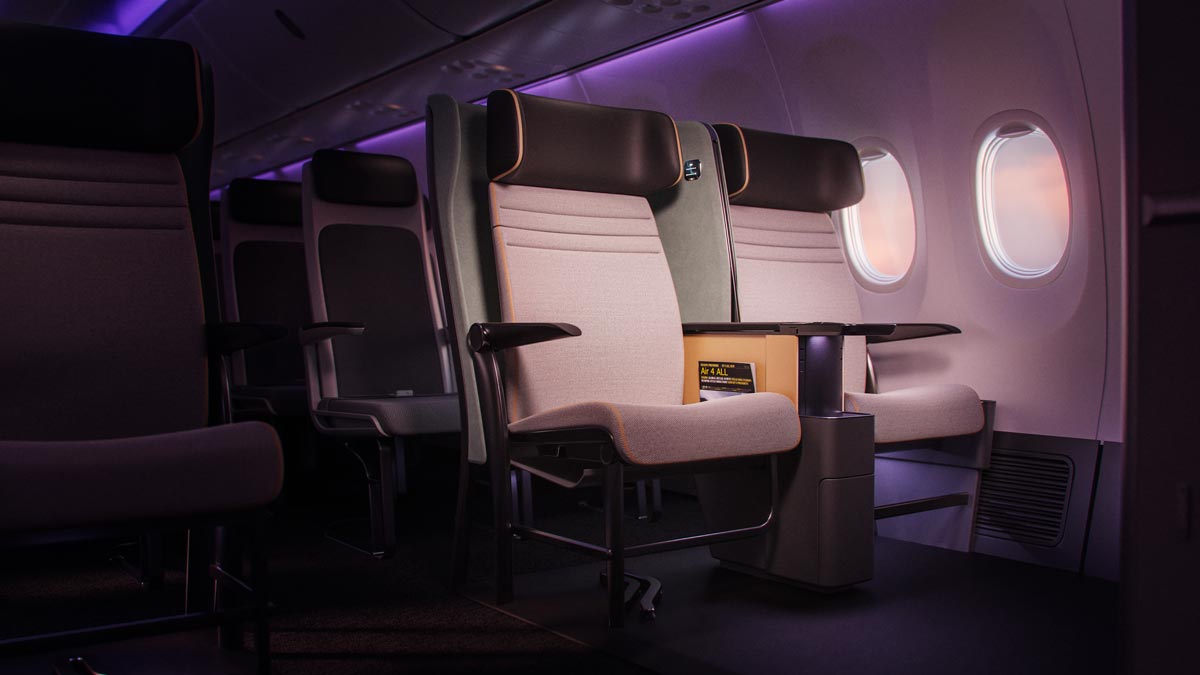
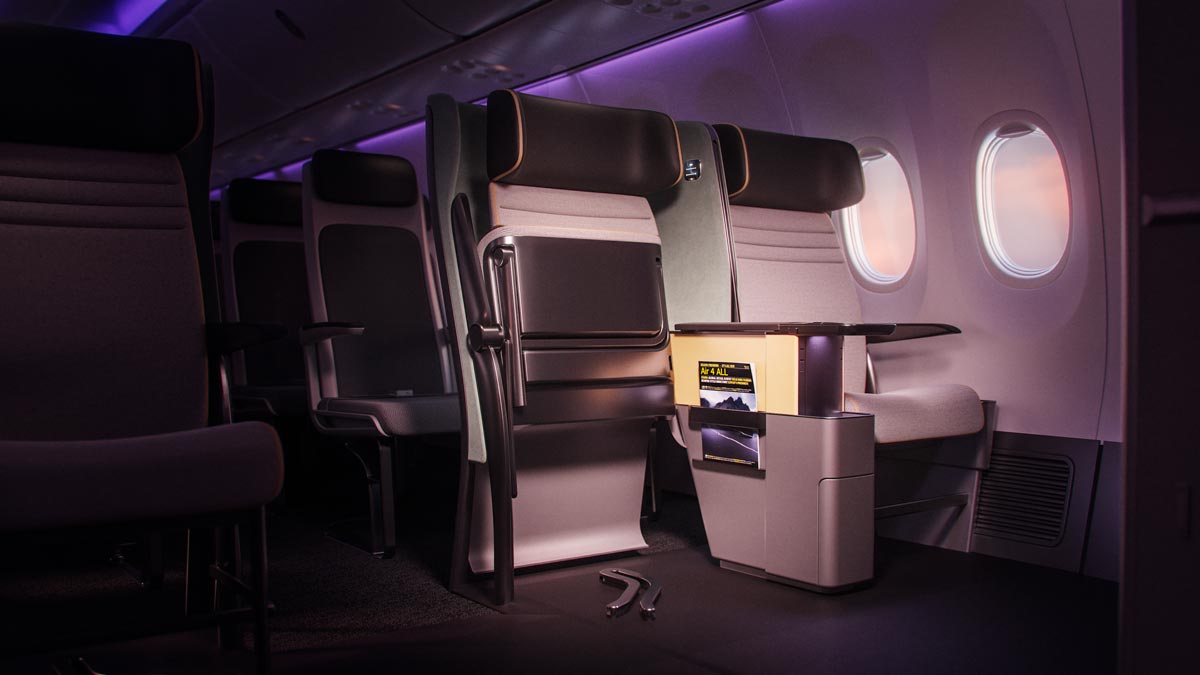
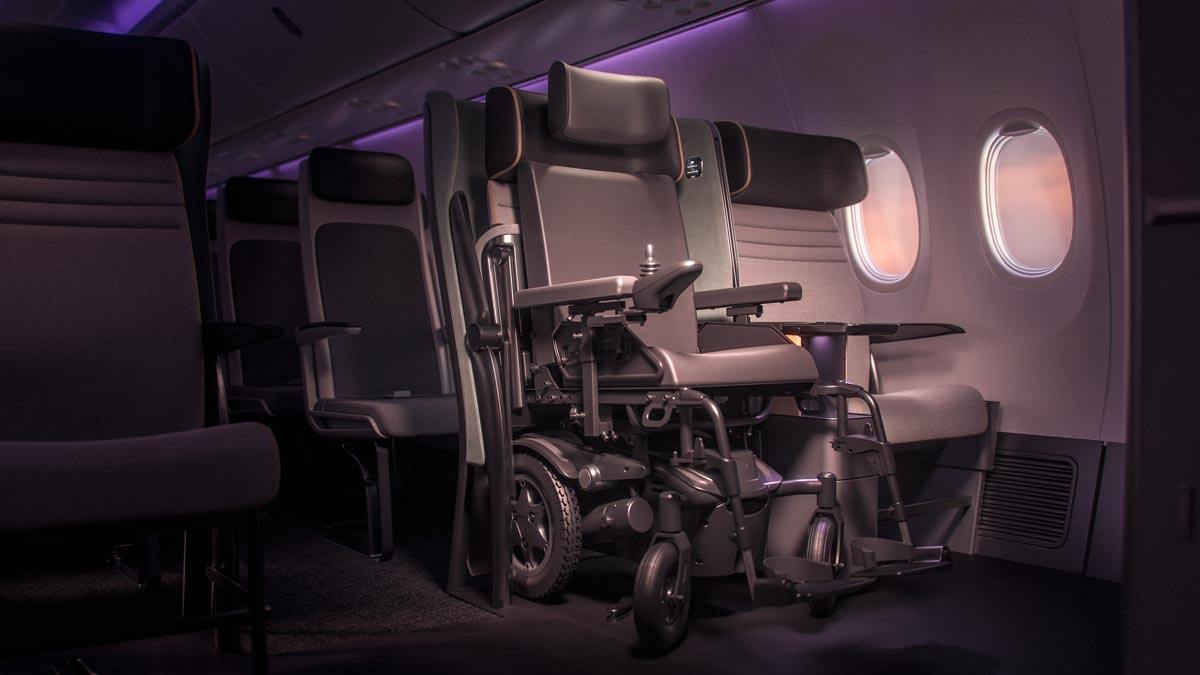

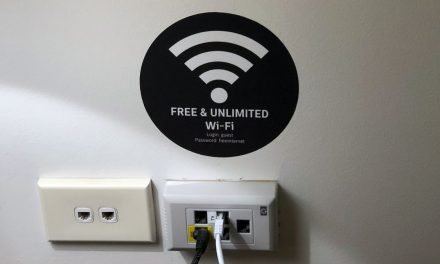
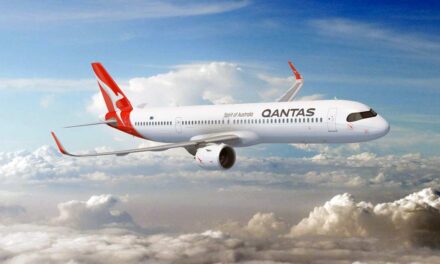
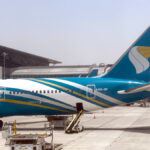
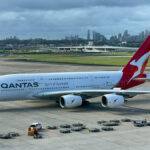
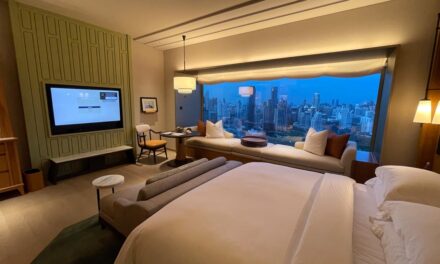
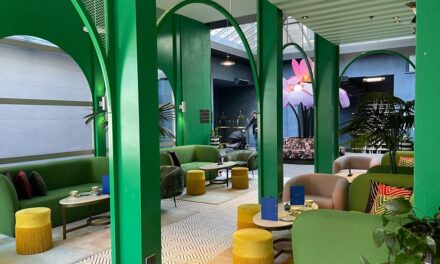

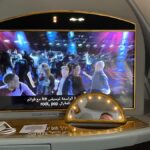
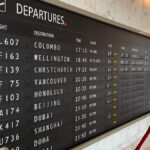
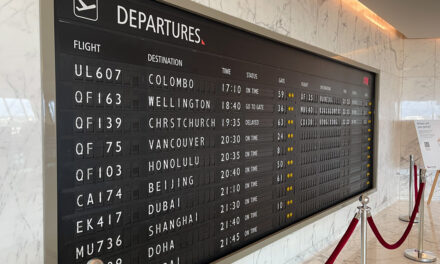

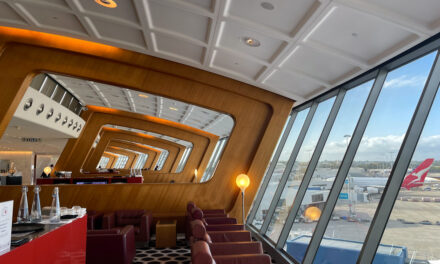
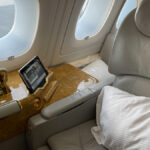

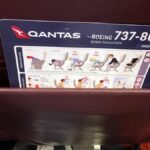

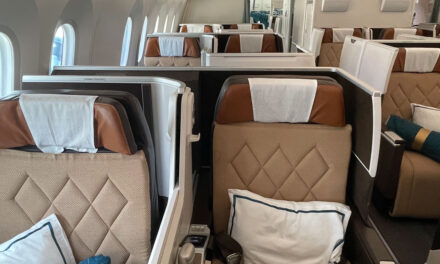
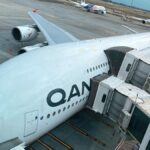
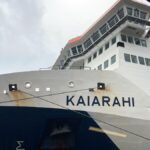
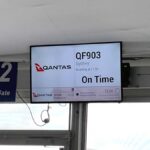

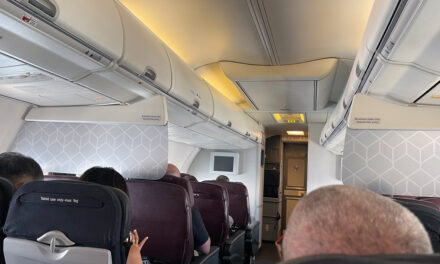


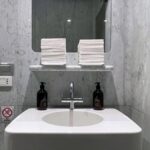
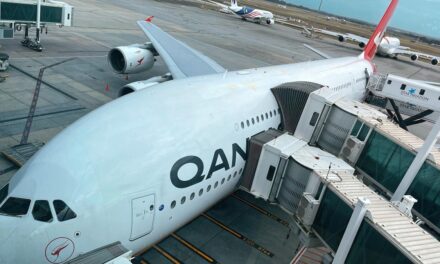
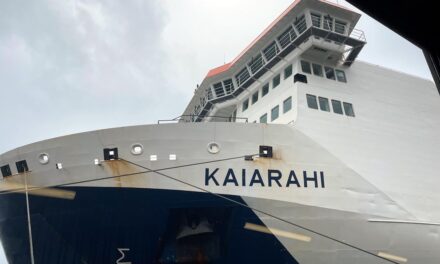



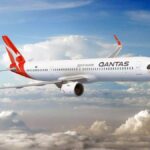

What did you say?